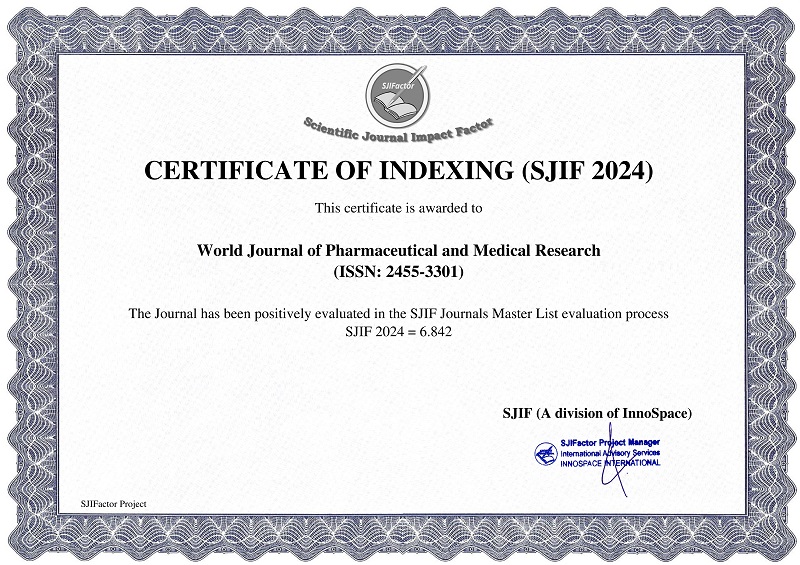CLASSICAL INSIGHTS ON VIDARIKAND (PUERARIA TUBEROSA DC.): A REVIEW OF AYURVEDIC TREATISES
Verma Simran*, Tripathi S. M., Maurya Mamta, Singh Prashu
ABSTRACT
Vidarikand (Pueraria tuberosa DC.), member of the family Fabaceae, a perennial, tuberous climber widely distributed in tropical and subtropical regions of India. The large starchy tubers are the principal medicinal part, valued for their sweet taste and cooling effect. It holds a significant place in traditional systems of medicine, especially Ayurveda, where it is regarded as a Rasayana drug known for its rejuvenating, nourishing, and strengthening properties. Traditionally, Vidarikand has been employed in the management of general debility, infertility, lactation insufficiency, respiratory ailments, and urinary disorders. Modern pharmacological studies further highlight its antioxidant, anti-diabetic, cardioprotective and immunomodulatory activities, thereby underscoring its significance in both classical and contemporary therapeutic applications. Vidarikand was reviewed in Brihattrayee and emerged out as a chief ingredient in various formulations especially indicated for Vajikarana and also found to be used as a Bhawna dravya or in the form of Anupana. Further, different Ayurvedic treatise in particular, Bhaishjyaratnavali, Yogratnakara and others were observed for this purpose.
[Full Text Article] [Download Certificate]



